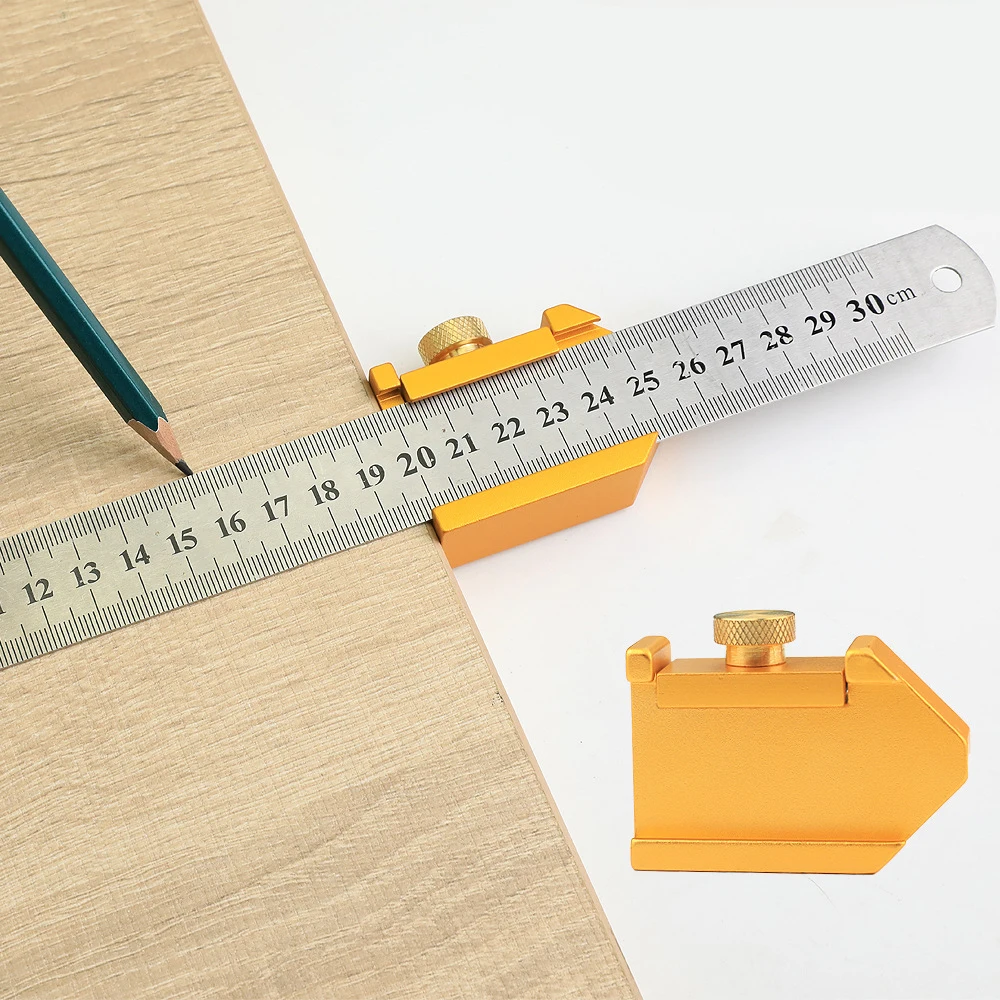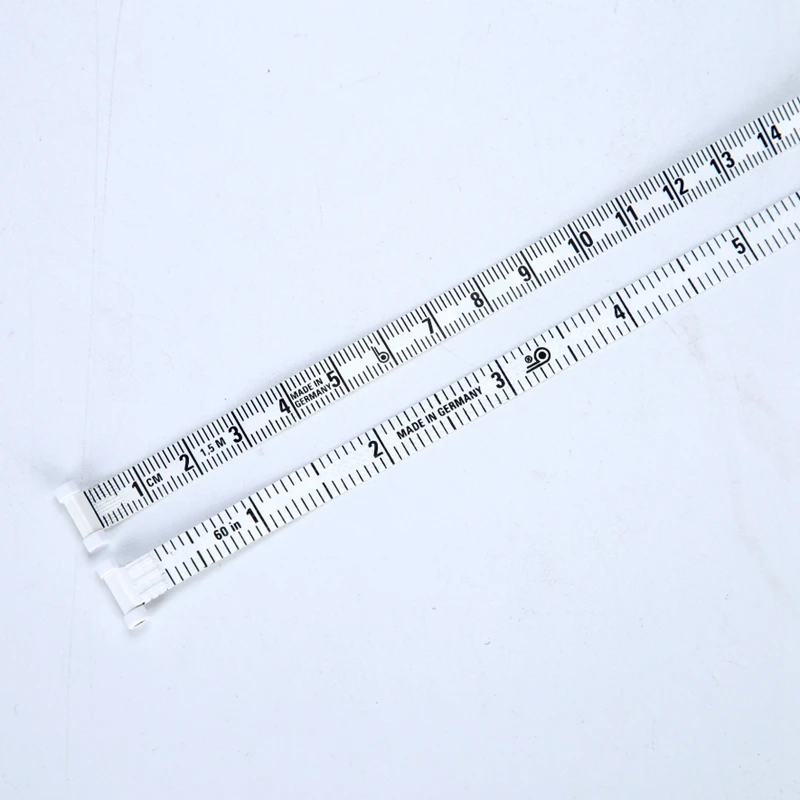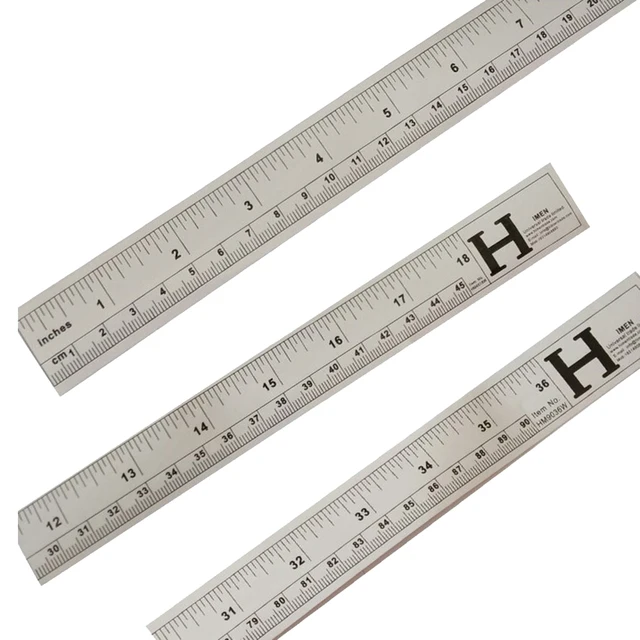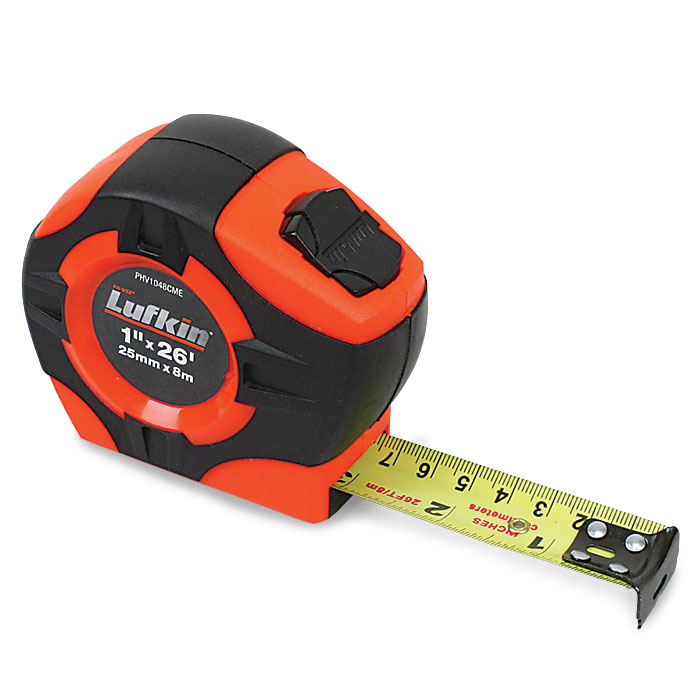
9/16 on a Tape Measure: Your Guide to Accurate Measurements
Accurate measurements are the cornerstone of any successful project, whether you’re a professional contractor, a DIY enthusiast, or someone engaged in crafting. Among the myriad of markings on a tape measure, the 9/16 on a tape measure often stands out as a crucial reference point. This article delves into the significance, applications, and techniques for effectively using the 9/16 mark on a tape measure, ensuring your projects are executed with precision and confidence.
 The Significance
The Significance
Understanding the 9/16 on a tape measure is essential for achieving accuracy in various tasks. This specific measurement plays a critical role in numerous applications, from woodworking and construction to tailoring and crafting. By mastering the use of the 9/16 mark, you enhance your ability to make precise cuts, fittings, and adjustments, which are vital for the integrity and quality of your work.
Why 9/16 is Important
The 9/16 measurement is often used in specific contexts where standard increments like 1/2 inch or 1/4 inch do not provide the necessary precision. For instance, in woodworking, the 9/16 mark can be crucial for joining pieces together with exact spacing. Additionally, in tailoring, this measurement ensures garments fit perfectly, accommodating slight variations that standard measurements might overlook. Therefore, recognizing and utilizing the 9/16 mark can significantly improve the outcome of your projects.
Common Applications of 9/16 Measurements
Various fields rely on the 9/16 measurement for their precision needs. In construction, it might be used for specific joint fittings or to ensure structural elements align correctly. In crafting, particularly in projects requiring detailed work, the 9/16 mark helps in achieving intricate designs. Even in home improvement tasks, such as installing hardware or fittings, the 9/16 measurement ensures components fit snugly and securely, preventing future issues.
How to Read the 9/16 on a Tape Measure
Accurately reading the 9/16 on a tape measure involves understanding the layout and conventions used in measurement markings. Tape measures are designed with multiple lines and numbers, each representing different fractions or units, making it essential to distinguish the 9/16 mark from other similar markings.
Identifying Fractional Marks
On a standard tape measure, fractional marks like 1/8, 1/4, 3/8, 1/2, 5/8, 3/4, 7/8, and whole inches are commonly present. The 9/16 mark, while less common, is equally important. To identify it, locate the full inch marks and then look for the 9/16 line between the 1/2 inch (8/16) and the entire inch (16/16). This mark is slightly longer than the minor fractional lines but shorter than the major inch lines, making it easier to spot with practice.
Visual Cues for 9/16
Visual differentiation is key when reading the 9/16 mark. Typically, the 9/16 line is slightly prominent compared to smaller fractions like 1/16 or 3/16. It may also have numerical indicators or be highlighted differently in some tape measures. Developing a habit of recognizing these visual cues will enhance your measurement accuracy, ensuring that the 9/16 mark is not overlooked during your projects.
Practical Tips for Accurate Reading
To ensure you’re accurately reading the 9/16 mark, always align the tape measure flat against the surface you’re measuring. Avoid parallax errors by keeping your eye level with the tape measure’s markings. Additionally, use the tape measure’s locking mechanism to hold the tape steady once you have identified the 9/16 mark, preventing any movement that could lead to inaccurate measurements.
 Practical Applications of 9/16 Measurements
Practical Applications of 9/16 Measurements
The 9/16 on a tape measure finds its utility across various practical applications, enhancing precision and effectiveness in your work. Understanding how to leverage this specific measurement can lead to better project outcomes and a higher level of craftsmanship.
Woodworking and Carpentry
In woodworking, the 9/16 mark is often used for precise joint fittings and ensuring that pieces align correctly. For example, when constructing a frame or cabinet, aligning multiple 9/16 measurements can help maintain uniform spacing and symmetry. This precision is crucial for the stability and aesthetic appeal of the final product.
Construction and Building
In construction, the 9/16 measurement can be vital for fitting specific components together, such as window frames, door installations, or shelving systems. Accurate use of this measurement ensures that all parts fit seamlessly, reducing the need for adjustments and enhancing the overall structural integrity of the building.
Tailoring and Sewing
For those involved in tailoring and sewing, the 9/16 mark facilitates precise fabric measurements, especially when dealing with intricate garment designs. This measurement helps in achieving the perfect fit, accommodating slight variations in body dimensions that standard measurements might not cover. Consequently, the final garment is more comfortable and well-fitted.
Techniques for Using 9/16 Measurements Effectively
To maximize the benefits of the 9/16 on a tape measure, employing specific techniques can enhance your measurement accuracy and overall project quality. These methods help integrate the 9/16 mark seamlessly into your workflow.
Consistent Measurement Practices
Adopting consistent measurement practices is essential for utilizing the 9/16 mark effectively. Always start by making sure your tape measure is straight and flat against the surface. Consistency in how you pull out and align the tape measure will prevent errors and ensure that the 9/16 mark is used correctly throughout your project.
Double-Checking Measurements
Double-checking your 9/16 measurements reduces the risk of mistakes. After identifying the 9/16 mark, take a second measurement to confirm its accuracy. This practice is especially important in projects where precision is critical, such as fitting moldings or assembling furniture, where even slight errors can affect the overall outcome.
Combining with Other Measurement Marks
The 9/16 mark often works in conjunction with other fractional marks for added precision. For instance, combining 9/16 with 1/16 increments can allow for measurements like 9.5/16 or 9.25/16, providing even finer accuracy. This combination is particularly useful in tasks that require high levels of detail, ensuring that every aspect of your measurement is exact.
Marking and Cutting Techniques
When using the 9/16 mark for cutting or marking, employ clear and precise indicators. Use a fine-tipped pencil or marker to highlight the 9/16 point, ensuring that the mark is visible and easy to follow. Additionally, make sure your cutting tools are sharp and aligned with the marked point to achieve clean and accurate cuts every time.
 Tools and Accessories for Enhancing 9/16 Measurements
Tools and Accessories for Enhancing 9/16 Measurements
Utilizing the right tools and accessories can improve your ability to work with the 9/16 mark, making your measurements more accurate and your projects more efficient.
Precision Marking Tools
Precision marking tools, such as fine-tipped pencils or specialized markers, help in accurately highlighting the 9/16 mark on your materials. These tools ensure that your measurements are visible and easy to follow, reducing the likelihood of errors during cutting or assembly.
Cutting Guides and Jigs
Cutting guides and jigs designed for specific measurements can assist in maintaining accuracy when using the 9/16 mark. These accessories help stabilize your cutting tools and keep your cuts aligned with the marked measurements, ensuring consistent results across multiple pieces.
Digital Measuring Tools
While traditional tape measures are effective, digital measuring tools can offer enhanced precision when working with the 9/16 mark. Digital tape measures provide clear numerical readouts, reducing the risk of misreading fractional marks. Additionally, some digital tools allow you to switch between different measurement units, providing greater flexibility and accuracy.
Specialized Tape Measures
Some tape measures come with specialized markings or enhanced visibility for specific measurements like 9/16. Investing in a tape measure that clearly distinguishes the 9/16 mark can make it easier to identify and use, improving your overall measurement accuracy and efficiency.
Overcoming Common Challenges with 9/16 Measurements
Working with the 9/16 on a tape measure can present certain challenges, especially for those new to precise measurements. Addressing these challenges effectively ensures that you can utilize the 9/16 mark confidently and accurately.
Misreading Fractional Marks
One common challenge is misreading fractional marks, leading to inaccurate measurements. To overcome this, practice identifying the 9/16 mark regularly. Familiarize yourself with its appearance and position relative to other fractional marks on your tape measure. Over time, this will become second nature, reducing the likelihood of errors.
Parallax Errors
Parallax errors occur when the tape measure is viewed from an angle, causing the measurement to appear different from its actual value. To prevent this, always bring the tape measure to eye level when reading the 9/16 mark. This ensures that the measurement is read accurately, without distortion from viewing angles.
Maintaining Tape Measure Integrity
A worn or damaged tape measure can make reading the 9/16 mark difficult. Regularly inspect your tape measure for signs of wear, such as faded markings or bent edges. Keeping your tape measure in good condition ensures that the 9/16 mark remains clear and easy to identify, maintaining your measurement accuracy.
Ensuring Tape Stays Taut
Allowing the tape measure to bend or sag can distort the 9/16 measurement. To maintain accuracy, keep the tape measure flat and taut against the surface you’re measuring. Using the tape measure’s locking mechanism can help secure the tape in place, preventing any movement that could lead to inaccurate measurements.
 Advanced Techniques for Precision with 9/16 Measurements
Advanced Techniques for Precision with 9/16 Measurements
For those seeking to elevate their measurement skills, advanced techniques can enhance the precision and effectiveness of using the 9/16 on a tape measure.
Using the 9/16 in Combination with Angles
In projects requiring angled cuts or fittings, combining the 9/16 mark with angle measurements can provide greater accuracy. For example, when creating beveled edges, measuring 9/16 inches along the angle ensures that each cut aligns perfectly, maintaining the integrity of the design.
Creating Custom Measurement Templates
Creating custom measurement templates that include the 9/16 mark can streamline your workflow. These templates can serve as guides for repetitive measurements, ensuring consistency across multiple pieces. By incorporating the 9/16 mark into your templates, you can quickly reference it without needing to repeatedly locate it on the tape measure.
Utilizing Multiples of 9/16
In some cases, working with multiples of 9/16 can further refine your measurements. For instance, using 18/16 (which simplifies to 1 1/8) can help in projects where scaling measurements is necessary. Understanding how to convert and utilize multiples of 9/16 allows for greater flexibility and precision in your work.
The Role of 9/16 Measurements in Professional Settings
In professional settings, the 9/16 on a tape measure plays a significant role in ensuring the quality and accuracy of work. Whether in construction, manufacturing, or fine craftsmanship, mastering this measurement is essential for success.
Construction and Building Projects
In construction, the 9/16 measurement is vital for aligning structural elements accurately. Professionals rely on this specific measurement to ensure that beams, joists, and other components are correctly spaced and fitted, contributing to the overall stability and safety of the building.
Manufacturing and Engineering
In manufacturing and engineering, the 9/16 mark is used for precise component assembly and machine calibration. Accurate measurements at this level prevent defects and ensure that parts fit together seamlessly, maintaining the integrity and functionality of the final product.
Fine Craftsmanship and Artistry
For artisans and craftsmen, the 9/16 measurement allows for intricate and detailed work. Whether carving fine designs or assembling delicate pieces, precision at the 9/16 level ensures that the craftsmanship meets high standards of quality and aesthetics.
 Enhancing Your Skills
Enhancing Your Skills
Improving your proficiency with the 9/16 on a tape measure involves practice, education, and the right tools. By dedicating time to mastering this measurement, you can enhance your overall measurement accuracy and project quality.
Practice Regularly
Regular practice is key to becoming proficient with the 9/16 mark. Incorporate it into your daily measurements and projects, gradually increasing your comfort level and familiarity. Consistent use will help solidify your understanding and recognition of the 9/16 mark.
Educate Yourself on Measurement Standards
Educating yourself on measurement standards and conventions can deepen your understanding of the 9/16 mark. Learn about fractional measurements, their applications, and how they integrate with other measurement systems. This knowledge will enhance your ability to use the 9/16 mark effectively in various contexts.
Invest in High-Quality Tools
Investing in high-quality tape measures and accessories can improve your measurement accuracy. High-quality tools often feature clearer markings, more durable construction, and enhanced visibility of fractional marks like 9/16. Superior tools support better precision and reliability in your measurements.
Seek Feedback and Improvement
Seeking feedback from peers or mentors can help identify areas for improvement in your measurement techniques. Constructive feedback can provide insights into how you can better utilize the 9/16 mark and refine your overall measurement practices, leading to continuous improvement and greater accuracy.
Conclusion
Mastering the 9/16 on a tape measure is essential for anyone seeking precision and accuracy in their projects. From woodworking and construction to tailoring and DIY tasks, this specific measurement enhances the quality and reliability of your work. By understanding the significance of the 9/16 mark, learning how to read it accurately, and applying effective techniques, you can elevate your measurement skills and achieve superior results in every endeavor.

